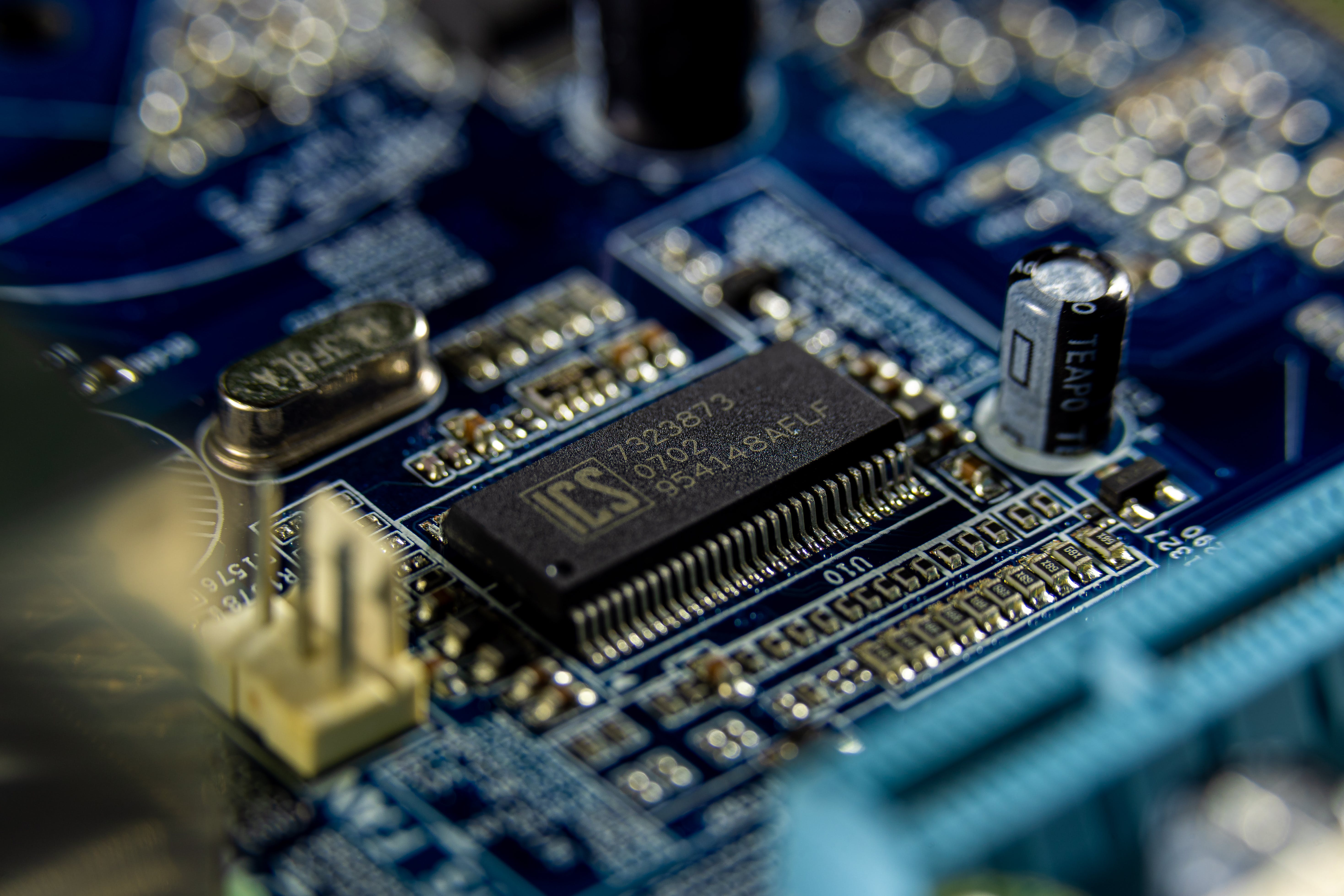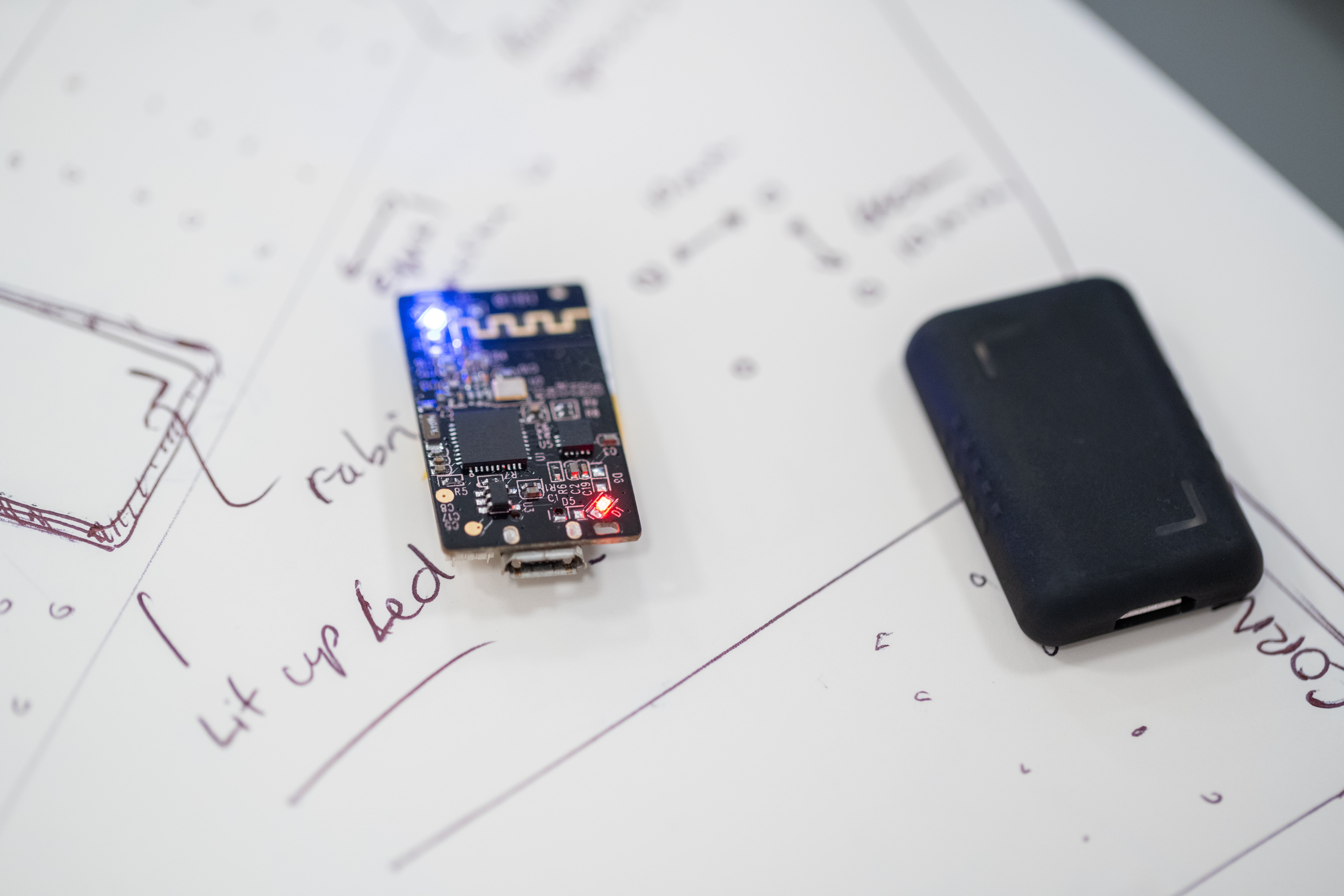Time: 2023-12-27 16:53:56View:

EEPROM stands for Electrically Erasable Programmable Read-Only Memory. It is a type of non-volatile memory that is used in computers and electronic devices to store small amounts of data that must be saved when the power is turned off. EEPROM is a type of ROM (Read-Only Memory) that can be modified and erased electrically. This makes it different from traditional ROM, which is programmed at the time of manufacture and cannot be easily changed.
EEPROM is commonly used to store system configuration settings, such as BIOS settings in a computer, or calibration data in electronic devices. It is also used in microcontrollers and other embedded systems to store small amounts of program data that needs to be retained even when the power is removed.
One of the key features of EEPROM is that it can be read from and written to multiple times, unlike traditional ROM which can only be read. This makes it a valuable tool for storing data that needs to be updated or modified over time. EEPROM is also non-volatile, meaning that it retains its data even when the power is turned off, making it suitable for storing critical information that must be preserved.
In summary, EEPROM is a type of non-volatile memory that can be electrically erased and reprogrammed. It is commonly used in electronic devices and embedded systems to store small amounts of data that need to be retained even when the power is removed. Its ability to be read from and written to multiple times makes it a valuable tool for storing configuration settings, calibration data, and other critical information in a wide range of electronic applications.
EPROM stands for Erasable Programmable Read-Only Memory. It is a type of non-volatile memory that can be programmed, erased, and reprogrammed multiple times. EPROM is a predecessor to EEPROM and is an important part of the history of computer memory technology.
EPROM chips are programmed at the time of manufacture using a special device called a PROM programmer. Once programmed, the data stored in an EPROM chip remains intact until it is erased. Unlike traditional ROM, which is permanently programmed during manufacturing and cannot be changed, EPROM can be erased and reprogrammed using ultraviolet light.
To erase an EPROM chip, it needs to be exposed to ultraviolet light for a specified amount of time. This process removes the data stored in the chip, effectively resetting it to its blank state. After erasure, the chip can be reprogrammed with new data using a PROM programmer.
EPROM chips were widely used in the early days of computing and electronic devices, particularly in systems where the software or firmware needed to be updated or modified after the initial manufacturing process. However, EPROM chips have largely been replaced by EEPROM and flash memory technologies, which offer the ability to be electrically erased and reprogrammed without the need for ultraviolet light exposure.
In summary, EPROM is a type of non-volatile memory that can be programmed, erased, and reprogrammed using ultraviolet light. It played a significant role in the development of computer memory technology, allowing for the storage of data that could be updated or modified after the initial manufacturing process. While it has largely been replaced by more advanced memory technologies, the historical significance of EPROM in the evolution of computer memory should not be overlooked.
Flash memory is a type of non-volatile computer storage that can be electrically erased and reprogrammed. It is a popular form of memory used in a wide range of electronic devices, including USB drives, solid-state drives (SSDs), memory cards, and various other types of portable storage media. Flash memory has become ubiquitous in modern technology due to its speed, reliability, and compact form factor.
One of the key features of flash memory is its ability to retain data even when the power is turned off, making it non-volatile. This makes it ideal for storing data that needs to be preserved when a device is powered down. Unlike traditional hard disk drives, which use spinning magnetic disks to store data, flash memory has no moving parts, which makes it more durable and less susceptible to mechanical failure.
Flash memory is based on a technology called floating-gate transistors, which can trap electrical charges to store data. It is organized into a grid of memory cells, with each cell capable of storing a certain amount of data. These cells can be electrically programmed to store data and then erased and reprogrammed as needed.
There are several types of flash memory, including NAND flash and NOR flash, each with its own characteristics and use cases. NAND flash is commonly used in devices like USB drives and SSDs, offering high storage capacity and fast read and write speeds. NOR flash, on the other hand, is often used in applications where fast random access to individual memory locations is important, such as in embedded systems and microcontrollers.
In summary, flash memory is a versatile and widely used form of non-volatile computer storage that can be electrically erased and reprogrammed. Its durability, speed, and compact form factor have made it an essential component in a wide range of electronic devices, from smartphones and digital cameras to data centers and industrial equipment. As technology continues to advance, flash memory is likely to remain a crucial part of the digital landscape, enabling the storage and retrieval of data in a fast, reliable, and efficient manner.
EEPROM, EPROM, and flash memory are all types of non-volatile memory used in electronic devices and computer systems. Each type has its own characteristics, advantages, and use cases, making them suitable for different applications.
Feature | EEPROM | EPROM | Flash Memory |
Erasure Method | Electrically Erasable | Ultraviolet Light | Electrically Erasable |
Reprogrammability | Yes, can be reprogrammed multiple times | Yes, can be reprogrammed multiple times | Yes, can be reprogrammed multiple times |
Erasure Requirement | No special equipment required for erasure | Requires exposure to ultraviolet light | No special equipment required for erasure |
Common Use Cases | System configuration settings, calibration data, critical information | Early electronic systems requiring firmware updates | USB drives, SSDs, memory cards, portable storage media |
Historical Significance | Advanced version of EPROM, widely used in modern electronic devices | Predecessor to EEPROM, largely replaced by more advanced memory technologies | Widely used in modern electronic devices due to its speed, reliability, and compact form factor |
EEPROM, EPROM, and flash memory each have distinct applications due to their specific characteristics and capabilities. Understanding these applications is crucial for selecting the appropriate type of memory for a given use case.
EEPROM (Electrically Erasable Programmable Read-Only Memory) finds widespread use in electronic systems where data needs to be updated or modified without the need for specialized equipment. Its ability to be electrically erased and reprogrammed makes it ideal for storing system configuration settings, calibration data, and critical information that must be retained even when the power is turned off. EEPROM is commonly found in devices such as microcontrollers, automotive electronics, industrial control systems, and consumer electronics like digital cameras and smart appliances. Its flexibility and reliability make it well-suited for applications where frequent read and write operations are necessary.
EPROM (Erasable Programmable Read-Only Memory) was historically used in early electronic systems that required firmware updates or modifications after the initial manufacturing process. However, due to the requirement for exposure to ultraviolet light for erasure and the one-time programmability, EPROM has largely been superseded by more advanced memory technologies such as EEPROM and flash memory. Its applications have become increasingly limited as more convenient and versatile memory options have emerged.
Flash memory, including NAND and NOR flash, has a wide range of applications due to its high storage capacity, fast read and write speeds, and durability. It is commonly used in USB drives, solid-state drives (SSDs), memory cards, and various other portable storage media. In addition to consumer electronics, flash memory is extensively utilized in enterprise storage systems, data centers, embedded systems, and industrial applications. Its ability to retain data without power, combined with its compact form factor and resistance to mechanical failure, makes it an essential component in modern electronic devices and computing infrastructure.

In summary, EEPROM, EPROM, and flash memory each have distinct applications based on their unique characteristics. While EEPROM is suitable for applications requiring frequent data updates and retention, EPROM's applications have become limited due to technological advancements, and flash memory is widely used in a diverse array of electronic devices and computing systems due to its high performance and reliability. Understanding the strengths and limitations of each type of memory is essential for effectively integrating them into various electronic applications.